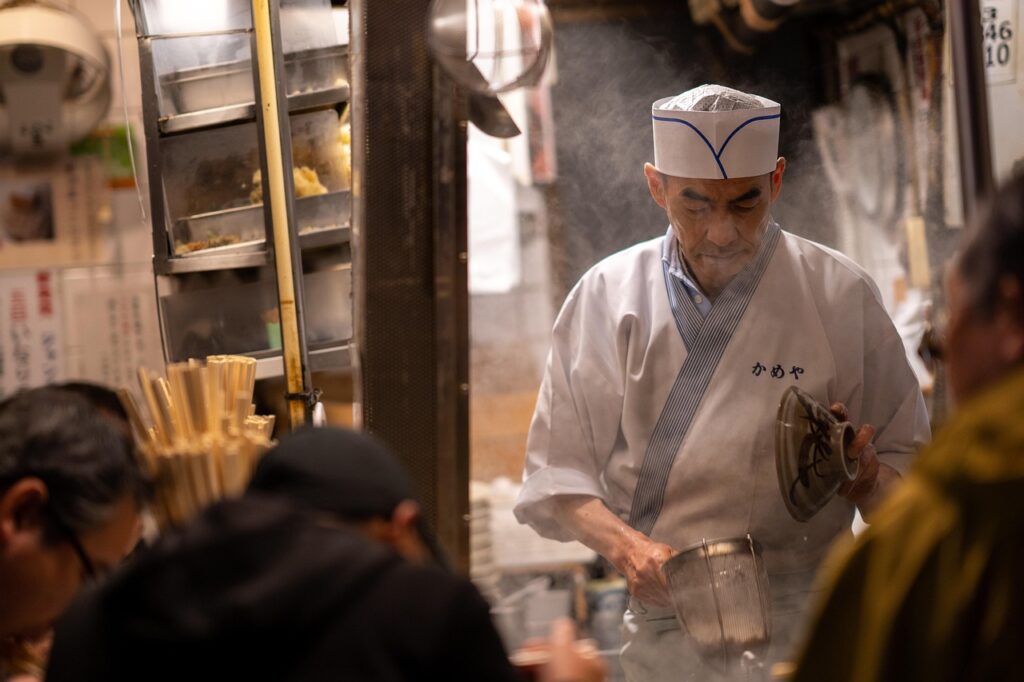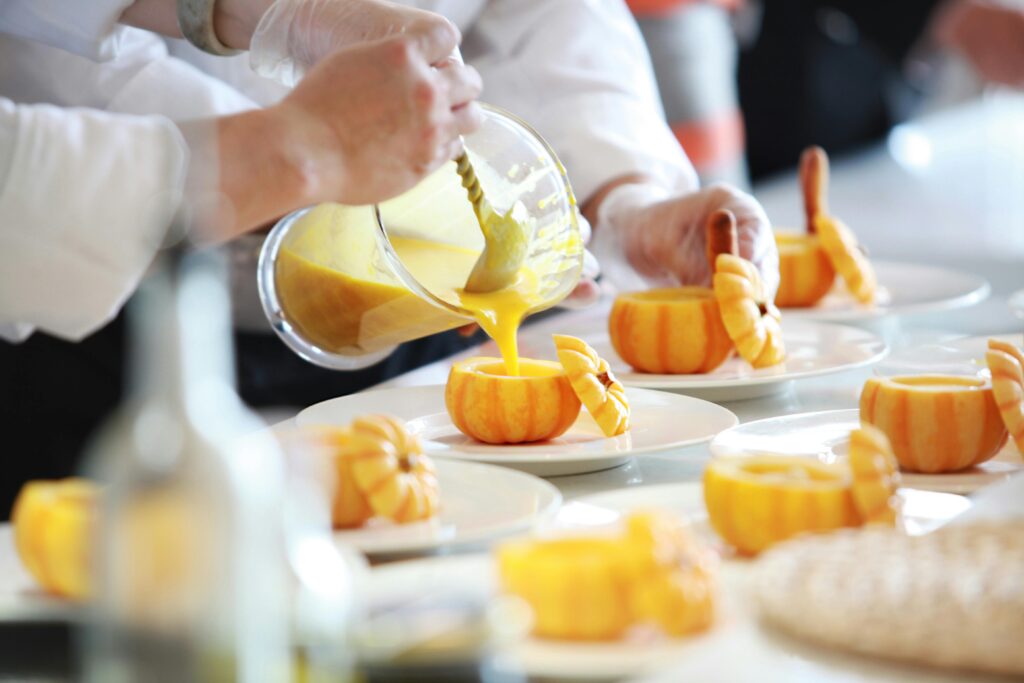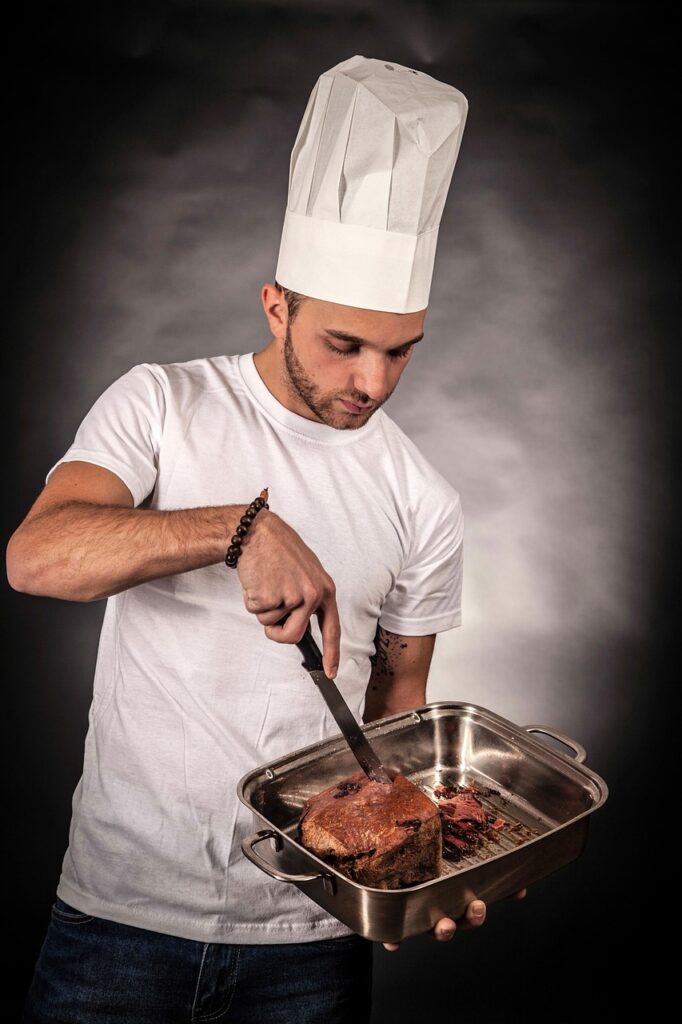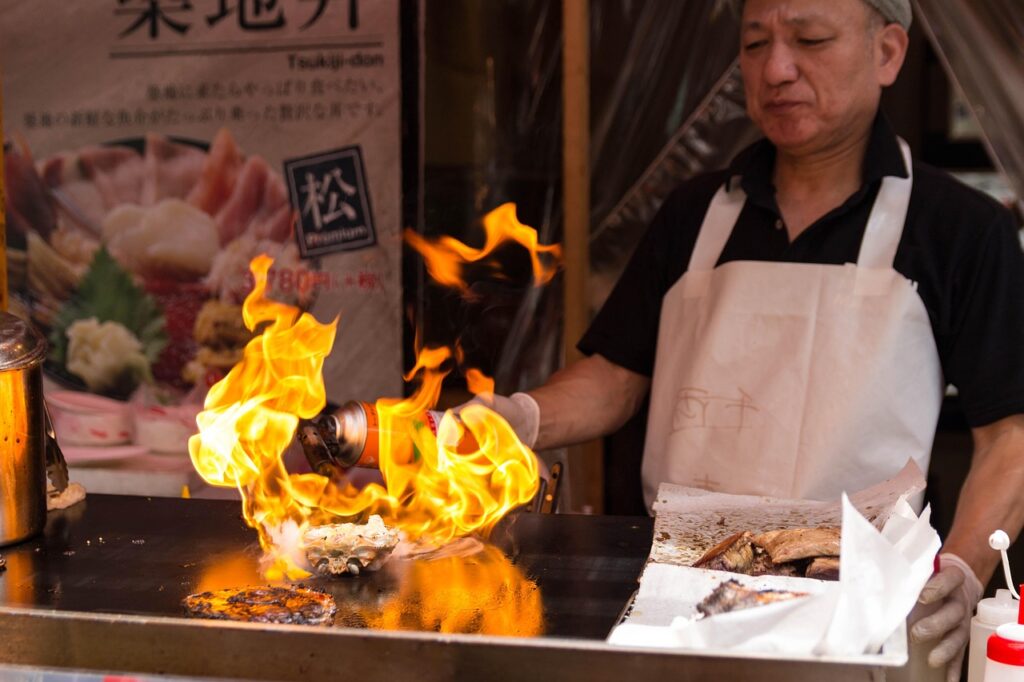Introduction
Every day, chefs navigate a high-pressure world of sizzling pans, tight service windows, and ever-shifting menus. The heat of the kitchen can sharpen your focus—but it can also push you toward burnout. Mindfulness for chefs offers a path to stay present with each ingredient, foster creativity, and manage the stress of restaurant life.
Yet, paradoxically, pausing to notice your breath or emotions in the middle of a dinner rush can sometimes highlight every mistake and heighten your anxiety. In this in-depth post, we’ll explore both sides of bringing mindfulness into the kitchen: the way it can transform your culinary artistry and the ways it can feel counterintuitive amid chaos. You’ll find real-life chef stories, practical techniques you can apply between orders, and clear answers to your most pressing questions. Whether you’re a line cook in a bustling bistro or an executive chef overseeing multiple kitchens, you’ll walk away with tools to cook—and live—with more presence, passion, and resilience.
1. Understanding Mindfulness for Chefs

Mindfulness simply means paying non-judgmental attention to the present moment—your thoughts, feelings, and physical sensations. For chefs, this translates into:
- Sensory Engagement: Fully experiencing the aroma of sautéing garlic, the sizzle of a sear, or the texture of dough under your fingers.
- Emotional Awareness: Noticing frustration when the expo bell rings again, or excitement when a new dish comes together—without letting those feelings spiral.
- Intentional Action: Choosing to pause for a breath between services or respond calmly to a rushed ticket, rather than reacting impulsively.
Positive Aspect: You cook with greater intuition and creativity, noticing subtle flavor changes and making inspired adjustments.
Negative Aspect: Heightened awareness can make every slip—over-salting, missing a garnish—feel like a personal failure, increasing self-criticism.
2. The High-Pressure Reality of the Kitchen

Chefs face some of the most intense work environments in any industry:
- Nonstop Pacing: A single dinner service can demand back-to-back orders for hours, with no opportunity to slow down.
- Physical Strain: Hours spent on your feet, lifting heavy pots, and working near scorching heat take a toll on the body.
- Emotional Intensity: The restaurant brigade system demands precision and speed—one misstep can compromise an entire service.
- Creative Demands: Beyond prep and execution, today’s chefs must innovate new dishes, manage social media, and juggle cost controls.
Amid these pressures, stress accumulates quickly. Without intentional recovery, chefs risk exhaustion, errors, and strained relationships with their teams.
You can also know more about High-Pressure Reality of the Kitchen By stiritupmagazine.co.uk.
3. Deep Dive into Mindfulness Techniques for Chefs

3.1 The Two-Breath Interim
How to Do It: After plating a dish or completing a prep task, pause for two full inhales and exhales—feeling the air move through your nostrils and the slight lift and fall of your shoulders.
Why It Works: Creates a mental “reset button,” clearing residue from the last ticket and preparing you for the next.
3.2 Micro Body Scan During Prep
How to Do It: While dough is resting or stock is simmering, close your eyes for 30 seconds and quickly scan from your scalp to your toes—notice any areas of tension (e.g., clenched jaw, tight traps) and consciously soften them.
Why It Works: Releases built-up muscular stress, reducing fatigue and preventing injury over long shifts.
3.3 Chef’s Mindful Tasting Technique
Subheading with Focus Keyword:
The Chef’s Mindful Tasting Technique
Instead of mindlessly tasting every sauce dash, slow down and fully engage your senses: swirl the liquid, inhale its aroma, let it coat your tongue, and identify sweet, salty, and umami notes. This practice not only refines your palate but also anchors you in the moment—cultivating deeper creativity when adjusting seasonings.
3.4 Sound-Anchored Mise en Place
How to Do It: As you chop, dice, or whisk, tune into the specific sounds—knife on board, blades spinning, whisk rhythm. If your mind wanders, gently return to listening.
Why It Works: Turns repetitive tasks into moving meditations, sustaining focus without adding time.
3.5 Gratitude Reflection Post-Service
How to Do It: After the final cleanup, take one minute in the quiet of the empty kitchen to recall three things you appreciated about the day—perhaps a smooth ticket run, a compliment from a guest, or a teammate’s support.
Why It Works: Balances the negativity bias that can build from a rough service, fostering long-term morale and team cohesion.
4. The Flip Side: When Mindfulness Feels Counterproductive
Implementing mindfulness in an environment built for speed and precision isn’t always straightforward:
- Interrupting the Flow: Pausing for breaths or scans can feel like braking during a sprint, threatening your momentum and increasing performance anxiety.
- Self-Critical Spirals: Heightened awareness can magnify every flaw—a lopsided roulade or a scorched pan—making mindfulness feel like another source of stress rather than relief.
- Peer Skepticism: Colleagues may view mindful moments as “slacking off,” making it harder to integrate practices openly within a tight-knit brigade.
Real-Life Slip-Up: Executive Chef Lina tried leading a one-minute mindful huddle before dinner service, but the team—already tight on prep time—resisted, and she felt her authority was undermined rather than strengthened.
5. Embedding Mindfulness into Kitchen Culture
- Anchor to Equipment Cues: Tie mindfulness to routine actions—every time you lift your knife, take an extra beat to grip it mindfully.
- Visual Reminders: Place a small, heat-resistant token (like a river stone) on your cutting board; its presence reminds you to breathe between tasks.
- Team-Based Rituals: Introduce a two-breath pause when the expo bell rings for the first ticket—reinforcing collective calm and focus.
- Flexible Application: If a practice feels awkward during peak hours, reserve it for prep or cleanup—adapting mindfulness to each role’s unique rhythm.
6. A Long Perspective: Why Mindfulness Matters in the Culinary Journey
Over time, mindfulness doesn’t just manage stress—it transforms your approach to cooking and leadership. Chefs who practice regularly report: deeper connection to ingredients, fewer injuries from physical stress, improved team communication, and sustained creativity even under pressure. One Michelin-starred chef described how a daily morning ritual—three minutes of silent breath awareness—helped him develop new menu concepts by noticing subtleties in seasonal produce that previously escaped him. Others credit mindfulness for fostering empathy with line cooks, reducing turnover by creating a culture where everyone feels seen, heard, and supported.
Q&A Section
- Q: How can I practice mindfulness during the busiest dinner rush?
A: Use micro-practices—one or two breaths—tied to natural transitions (e.g., after plating each dish, when leaving the pass). - Q: What if focusing inward makes me more anxious?
A: Start with sensory anchors—focus on the clink of plates or the smell of garlic—shifting awareness outward before exploring inner states. - Q: Can mindfulness improve my leadership in the kitchen?
A: Yes—mindful listening and pauses before giving instructions can foster clearer communication, trust, and respect among your brigade. - Q: Do I need special training or apps?
A: No—most techniques are self-guided. Apps can help beginners but aren’t required; simple timers or memory cues work fine. - Q: How long until I notice benefits?
A: Some calm appears immediately after micro-breaks; deeper shifts in creativity, team morale, and stress resilience often develop over 2–4 weeks of consistent practice.
FAQ Section
- Do I need a quiet space?
No—micro-practices are designed for the kitchen environment and can be done at the cutting board or pass. - Will mindfulness slow down service?
Brief pauses (under 5 seconds) have minimal impact on pacing; improved focus often reduces mistakes and speeds recovery from errors. - How do I keep the team on board?
Frame mindfulness as a performance and safety tool—highlight reductions in errors, accidents, and turnover from pilot trials. - Is mindfulness suitable for all kitchen roles?
Yes—from prep cooks to sous chefs to line servers—each can adapt micro-practices to their specific tasks. - What if I miss a practice?
Be gentle with yourself. Simply resume at the next transition—consistency over perfection is key.
Friendly Closing Message
Cooking is an art and a science, a craft that demands both creativity and composure. Mindfulness for chefs isn’t about adding chores to your kitchen routine—it’s about seizing tiny moments of presence to enhance your culinary skills, deepen team spirit, and protect your well-being against the heat of service. Whether it’s a two-breath reset after each plate, a quick body scan during prep, or a gratitude pause post-service, these simple practices—from real-world kitchens—can transform stress into fuel for creativity. Start today: pick one technique, weave it into your next shift, and notice how each mindful moment makes your cooking—and your life—richer, calmer, and more inspired. Happy cooking, and even happier breathing!

Pingback: Mindfulness for Gamers: How It Levels Up Your Play (Yet Sometimes Interrupts the Grind) - Calm Within Minutes